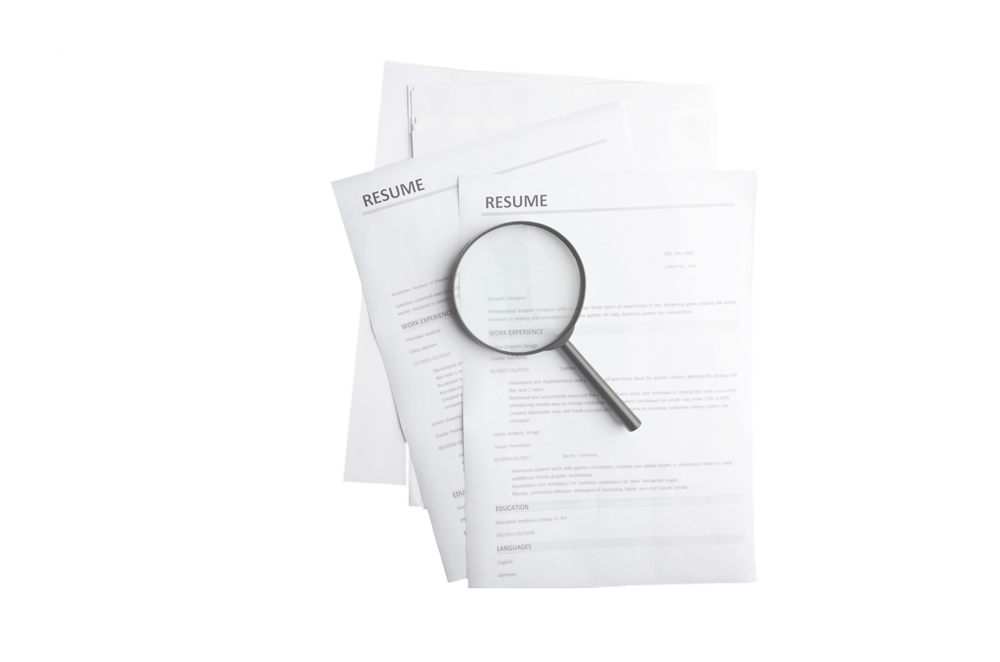Executive Assessment
Using an objective, systematic process to evaluate qualitative data about internal or external candidates to:
predict how successful a candidate will be in a key leadership role
compare and contrast 2+ candidates with different strength-risk profiles
strengthen the reference-checking process with precise, data-driven questions
increase the likelihood the candidate accepts an offer and assimilates quickly
suggest coaching and leadership strategies most likely to foster growth
Executive assessments are particularly useful when:
A C-suite leader has exited the role, and the organization is hiring a replacement
Private equity or venture capital investment has intensified the growth trajectory
Investors are trying to better understand the leadership capabilities and partnership readiness of the CEO/management team
Investors looking for a successful exit need a C-suite well-poised for the next act
A newly hired CEO is reassessing the team in light of changes in vision or strategy
A senior executive is being considered for a more prominent internal role (e.g., CFO to CEO)

STRENGTHS
What assets will help the candidate achieve results and lead effectively?
OPPORTUNITIES
How must the candidate grow/adapt to bolster success?

ASSIMILATION
What supports, guardrails, and guidance are needed to ensure success?
RUNWAY
What is the candidate’s capacity to grow beyond the current role/scope?
The Process

Launch call to gather context

Role-specific scorecard creation

Online leadership assessments

Biographical, deep-dive interview

Verbal download to key stakeholders

Written summary and recommendations

Verbal feedback to all candidates
OPTIONAL ADD-ON:
Focused coaching to promote assimilation
Real-Life Results
Does Charisma Equal Capability?
CHALLENGE
A $1.8B PE-backed business with a new CEO needed to bolster the management team. After a long-tenured Operations leader retired, they needed an energetic, resourceful, and commercially driven Chief Operating Officer. One candidate impressed the team with innovative ideas, technical savvy, and passion, but was fuzzy on the details. The Executive Assessment process revealed his charisma and optimism outpaced his operational knowledge and execution, and he repeatedly exaggerated his impact on the business. His love of ‘bright shiny objects’ and habit of over-selling caught up with him— he was passed over for two promotions and had been recently let go.
OUTCOME
Through the Executive Assessment process, the hiring CEO quickly realized that the candidate was a classic “style over substance” leader, with the added wrinkle of repeatedly stretching the truth. The CEO pivoted to a candidate with just as much positivity and energy but who executed consistently and reached for simple (and profitable) wins over complex ones. This leader’s integrity and genuine love of the business created followership. His credible leadership yielded trust, the small wins yielded momentum, and his consistent vision yielded clarity. Creativity and innovation blossomed, but only after he created the right environment to support them.
What’s the Value of the Right Hire?
With time being your most precious daily commodity, you need a partner that can provide candid and quick assessments, understands your unique challenges, and brings an objective point of view to a critical part of your business: your leadership team.
To achieve aggressive growth targets, CEOs, investors, and other stakeholders often need to re-evaluate and re-energize the leadership team. Having a trusted partner that provides objective, data-driven insights informed by brain- and behavioral science provides a powerful advantage.
“…more candid than we expected.”
“…never hedges but always understands the context, whether that is the timing, or the competitive landscape, or changes on the horizon.”
“…were those hypothetical examples you just gave, because both of those have happened in the last two weeks.”
Assessed candidates overwhelmingly echo that the experience was better or less painful than they expected or experienced elsewhere. They appreciate the “chance to reflect” and the natural insights they uncovered (e.g., “I was thinking about that pattern for the next three days.”). After completing the process, they seem impressed by the accuracy of the feedback and walk away with some tangible insights, making it feel like time well spent.
